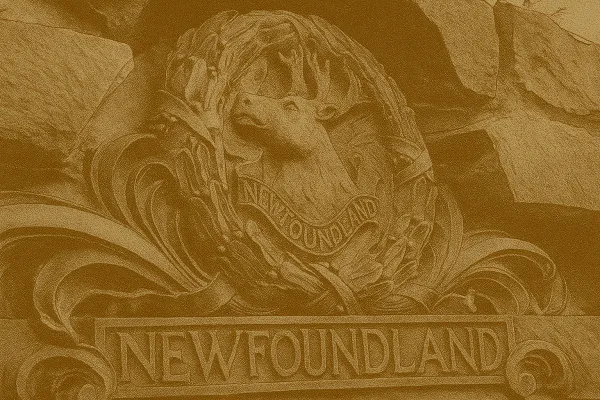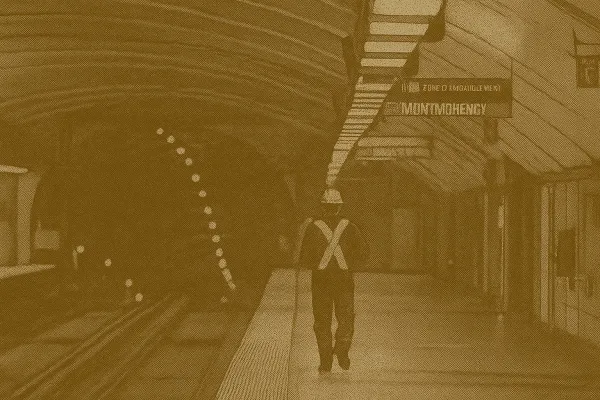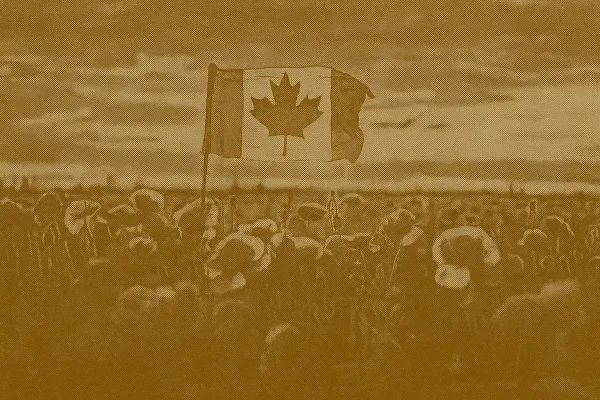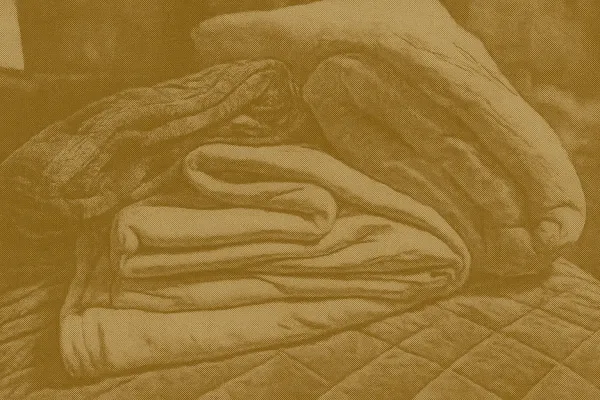Based on coverage from CBC, Saltwire, and VOCM.
The discovery of the remains of four Newfoundland and Labrador soldiers in Europe has stirred deep emotions across the province. These soldiers, who fought during the First World War, were found by anthropologists in an undisclosed location overseas. The revelation has brought back memories of the sacrifices made by the Newfoundland Regiment, particularly during the infamous battle at Beaumont Hamel on July 1, 1916. This event, marked by the near annihilation of the regiment, remains a poignant chapter in Newfoundland's history.
Newfoundland Regiment's Legacy and Sacrifice
The Newfoundland Regiment's involvement in the First World War is a source of both pride and sorrow for many families in Newfoundland and Labrador. The regiment, composed of brave yet often naive young men, believed they were embarking on a "Great Adventure" for "God and country." However, the harsh realities of war quickly dispelled any romantic notions. The battle at Beaumont Hamel was especially devastating, with only 68 of the 801 men present answering roll call the following day. For families like those of Heather and her husband, whose relatives were among those lost, the discovery of these remains is deeply personal.
The remains were identified as Newfoundlanders by the distinctive NFLD patch found on their uniforms. This discovery comes shortly after the repatriation of another unidentified member of the Newfoundland Regiment, who was laid to rest at the National War Memorial in St. John's. This soldier, known as Newfoundland’s "unknown soldier," symbolizes the many who remain unidentified.
Support The Canada Report and help keep it ad-free and independent — click here before you shop online . We may receive a small commission if you make a purchase. Your support means a lot — thank you.
Efforts to Identify the Fallen Soldiers
Sarah Lockyer, a forensic anthropologist with the Department of National Defence, is leading the efforts to identify the newly discovered remains. Lockyer, who played a key role in identifying Private John Lambert six years ago, is encouraging descendants of missing soldiers to register with the Directorate of History and Heritage. This registry will help expedite the DNA matching process, potentially identifying the soldiers and providing closure to their families.
The identification process is still in its early stages, and the Commonwealth War Graves Commission has not released specific details about the location of the discovery or the battle in which these soldiers may have died. However, the goal remains clear: to identify the soldiers whenever possible and, if necessary, to lay them to rest with dignity as unknowns.
A Meaningful Remembrance Day for Newfoundland Families
For families like Heather's, the discovery of these remains adds a profound layer of meaning to Remembrance Day. The possibility, however remote, that one of the soldiers could be a relative brings a personal connection to the solemn ceremonies held on November 11. As poppies are worn across the province, there is a renewed sense of emotion and reflection on the sacrifices made by those who fought and died in service to Newfoundland and Canada.
The ongoing efforts to identify these soldiers underscore the importance of remembering and honouring those who served. As Lockyer and her team continue their work, the hope is that more families will find the closure they seek, and that the stories of these brave individuals will be preserved for future generations.
Related: 22 Men Arrested in Quebec Child Pornography Bust Involving 150 Officers








